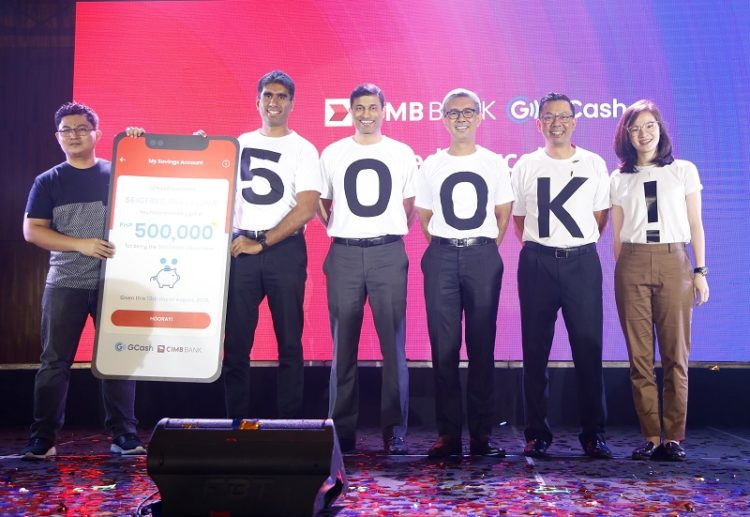In the past year I’ve been invited to a few events held by GCash, but it wasn’t until yesterday I realized how exactly using an e-wallet like GCash could tie properly into my blog’s theme and purpose of running a beautiful life.
Most of the time I focus on health/wellness through exercise and an active lifestyle, but physical fitness is not the only kind of fitness worth aspiring to. We mostly try to stay healthy to keep away from illness and also to enable us to live life more fully with our loved ones, so it’s kind of like investing except the returns are more in quality of life — although avoiding medical bills also helps!
Being financially fit means that not only do you have money for regular expenses, but your spending habits are also prudent and you have funds saved away for the future or for emergency use. This is where having a savings account helps: the money isn’t in your wallet to spend too easily, and you can protect it partially against inflation because funds in savings accounts earn interest. (Additionally, if the BSP demonetizes old peso bills, your money won’t lose its value. Imagine the people who kept their cash in mattresses and missed the deadline to exchange these!)
Yesterday, GCash and CIMB Philippines announced that they had registered their 500,000th GSave user — enabling half a million Filipinos to open savings accounts with just a smartphone and one ID. That’s a huge deal for the Philippines because only 35 percent of the population aged 15 years and older have savings accounts, according to the BSP.
My main concern with keeping plenty of funds in GCash (a digital wallet linked to your cellphone number) is that it’s basically money sleeping in the account, not growing or working for me elsewhere. That’s why I only “cash-in” enough to fund transactions like paying bills online and the odd cup of coffee at Toby’s Estate. But yesterday I signed up for a GSave account, which is a savings account powered by CIMB that you sign up for exclusively through the GCash app.
The traditional way to open a savings account is to walk to an actual bank branch armed with two kinds of ID, your payslip if you’re an employee or your BIR registration and tax return if you’re self-employed, and the minimum deposit required to open the account (usually around P5,000). It’s a huge outlay of effort and funds just to join the formal banking system, and many Filipinos are unable to commit to this.
With GSave, all you need to open an account is to be 18 years old and above, a semi-verified GCash user for six months or a fully verified GCash user, and a Filipino (with no US citizenship or green card). There’s no minimum initial deposit or maintaining balance, and you get a 3% annual interest rate on your deposit which is more than 10 times higher than that offered by most Philippine banks. Additionally, there are no service fees associated with using GSave, and your account balance is insured by the PDIC.
You can seamlessly move funds between your GCash wallet and the GSave account, and you can even schedule recurring transfers from GCash wallet to the GSave account. This encourages growing your savings rather than keeping the money available for (indiscriminate) spending. Also if you have a GCash Mastercard linked to your GCash account, you can transfer from GSave to GCash just the amount you need to withdraw or use in transactions, adding another layer of security over your hard-earned money.
CIMB and GCash plan to make more financial services available over the next six months and grow their customer base to one million Filipinos. It’s very encouraging to see more people able to access the tools they can use to gain financial fitness.

